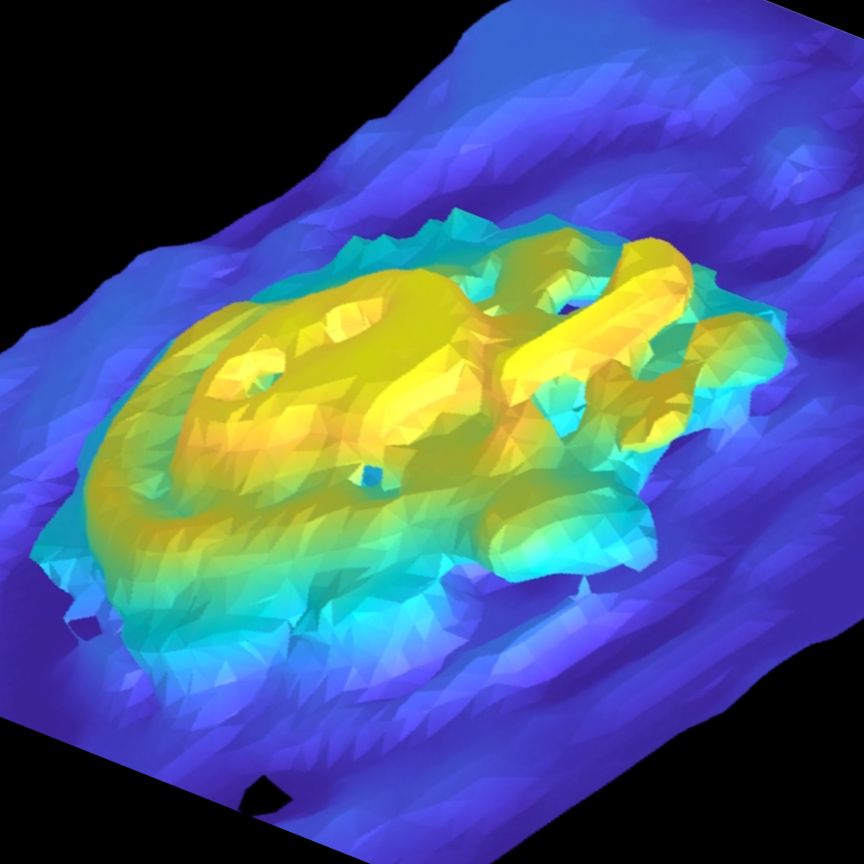Researchers at MIT, the University of Minnesota, and Samsung have built a terahertz camera using the properties of quantum dots and a CMOS sensor.
In addition to being sensitive to terahertz radiation, the imager can capture information about the polarisation of terahertz waves in real time, which most existing devices cannot, MIT says.
The work was published in Nature Nanotechnology.
Terahertz wavelengths are between 10µm and 1mm. The radiation can travel through materials such as non-wovens, textiles, paper, plastic and leather, creating a contrast image like an X-ray.
Terahertz radiation is also safe, unlike X-rays, and can detect subtler contrasts than X-rays in fabrics, plastics and other materials softer than metal.
French firm, Tihive, is one of the few providers of terahertz imaging systems designed for real-time quality control inspection at production line speeds.
The MIT imager incorporates quantum dots, which have been found to emit visible light when stimulated by terahertz waves.
The imager consists of several layers, as explained on the MIT News site: an array of gold nanoslits, above which is the quantum dot material, and above that is a CMOS sensor. The polarisation detector uses a similar structure, but with nanoscale ring-shaped slits.
The nanoslit-based sensor was able to detect terahertz pulses with peak fields as low as 10kV cm–1.
Most approaches to terahertz imaging require an array of terahertz detectors, each producing one pixel of the image. This makes the cost of such a sensor expensive.
Sang-Hyun Oh, a co-author of the paper and a McKnight Professor of Electrical and Computer Engineering at the University of Minnesota, told MIT News that while present versions of terahertz cameras cost tens of thousands of dollars, the inexpensive nature of CMOS cameras used for this system makes it “a big step forward toward building a practical terahertz camera.”


